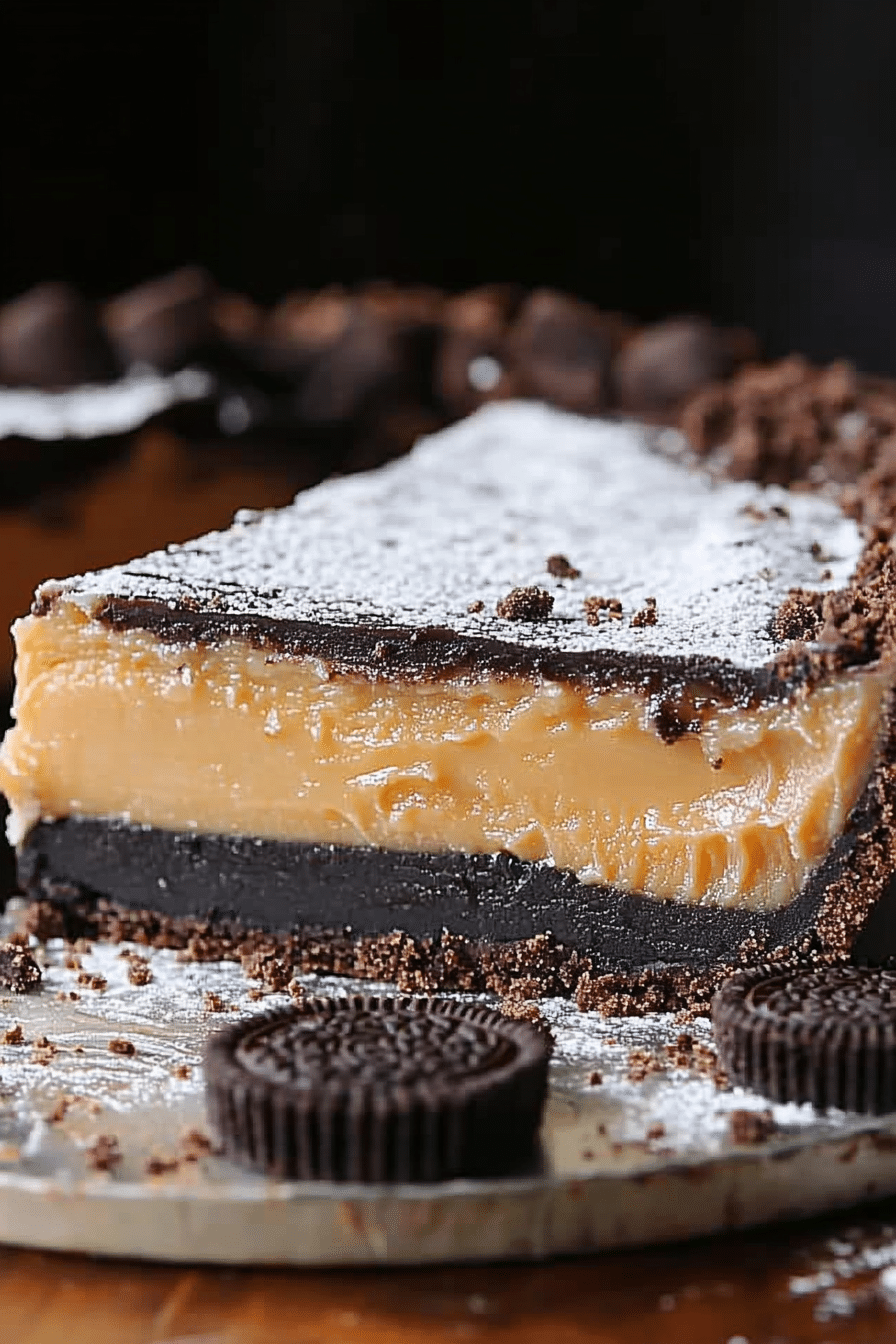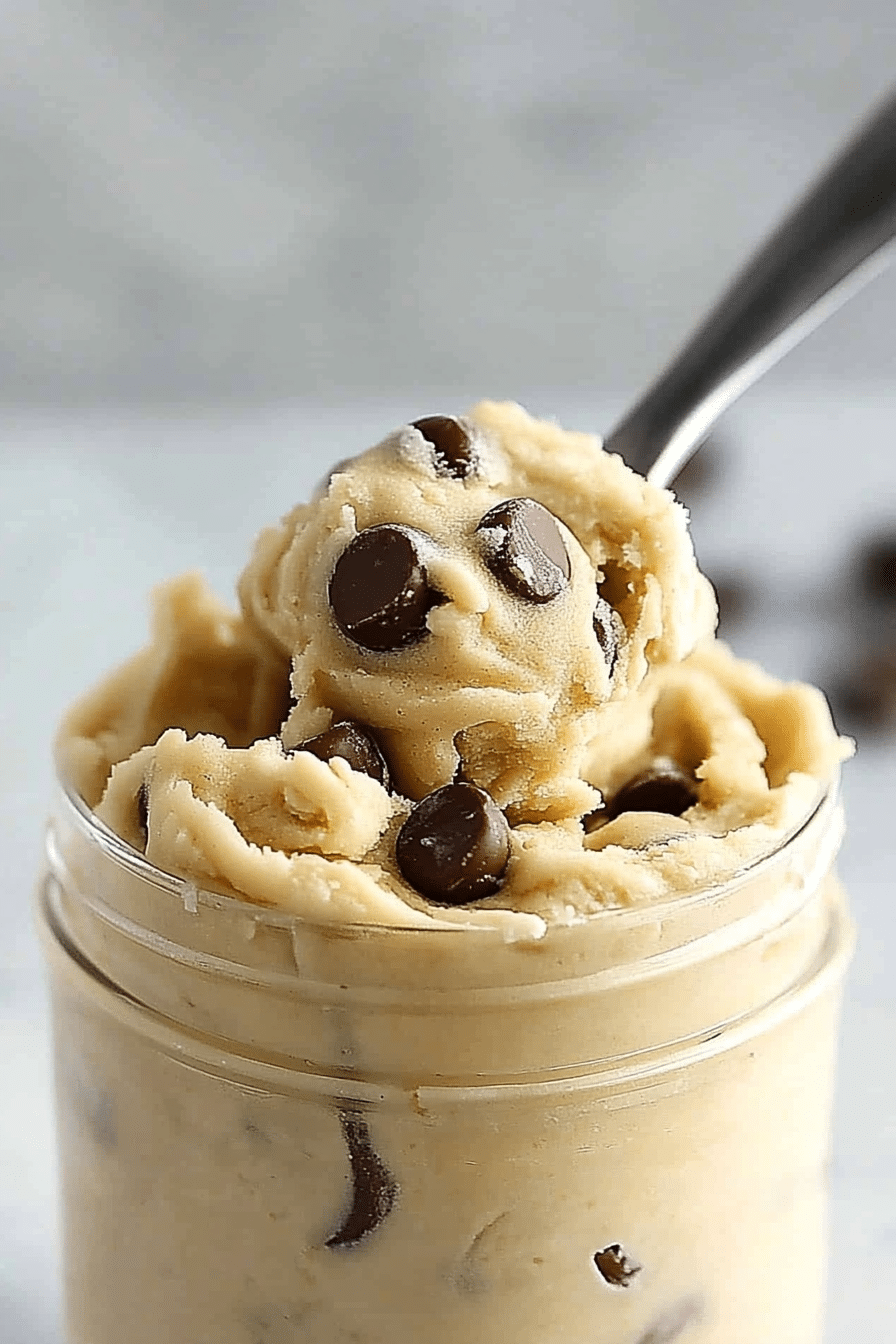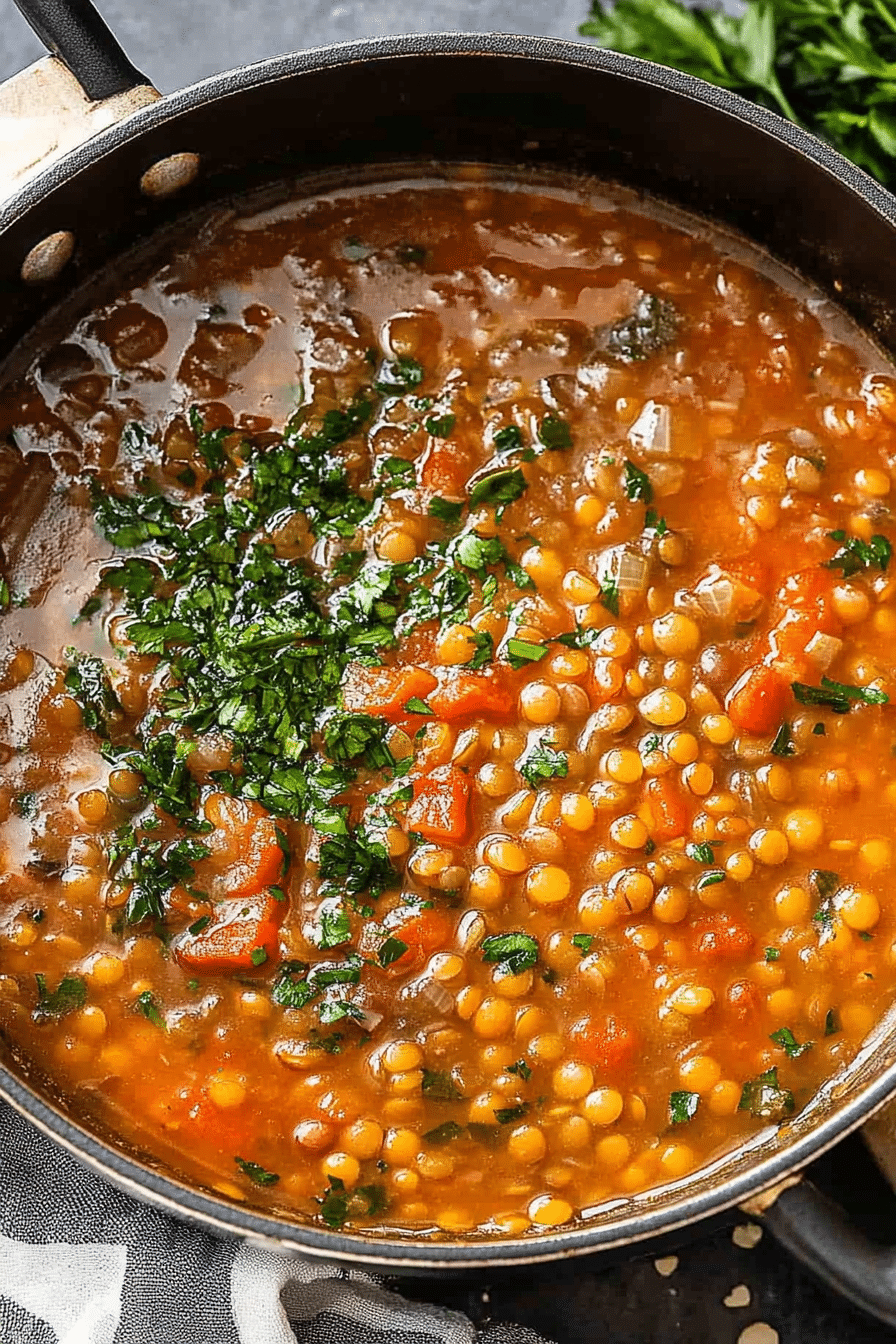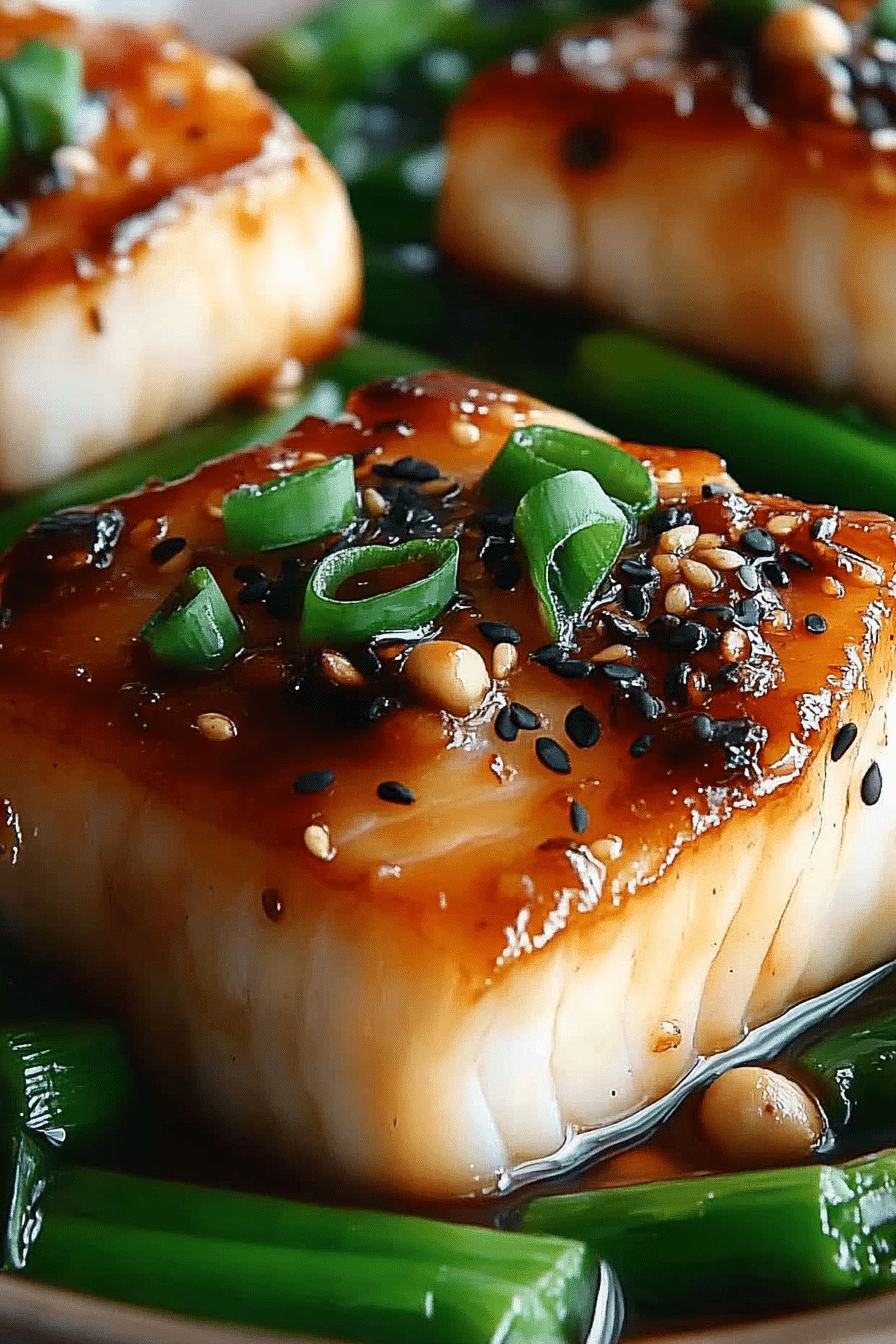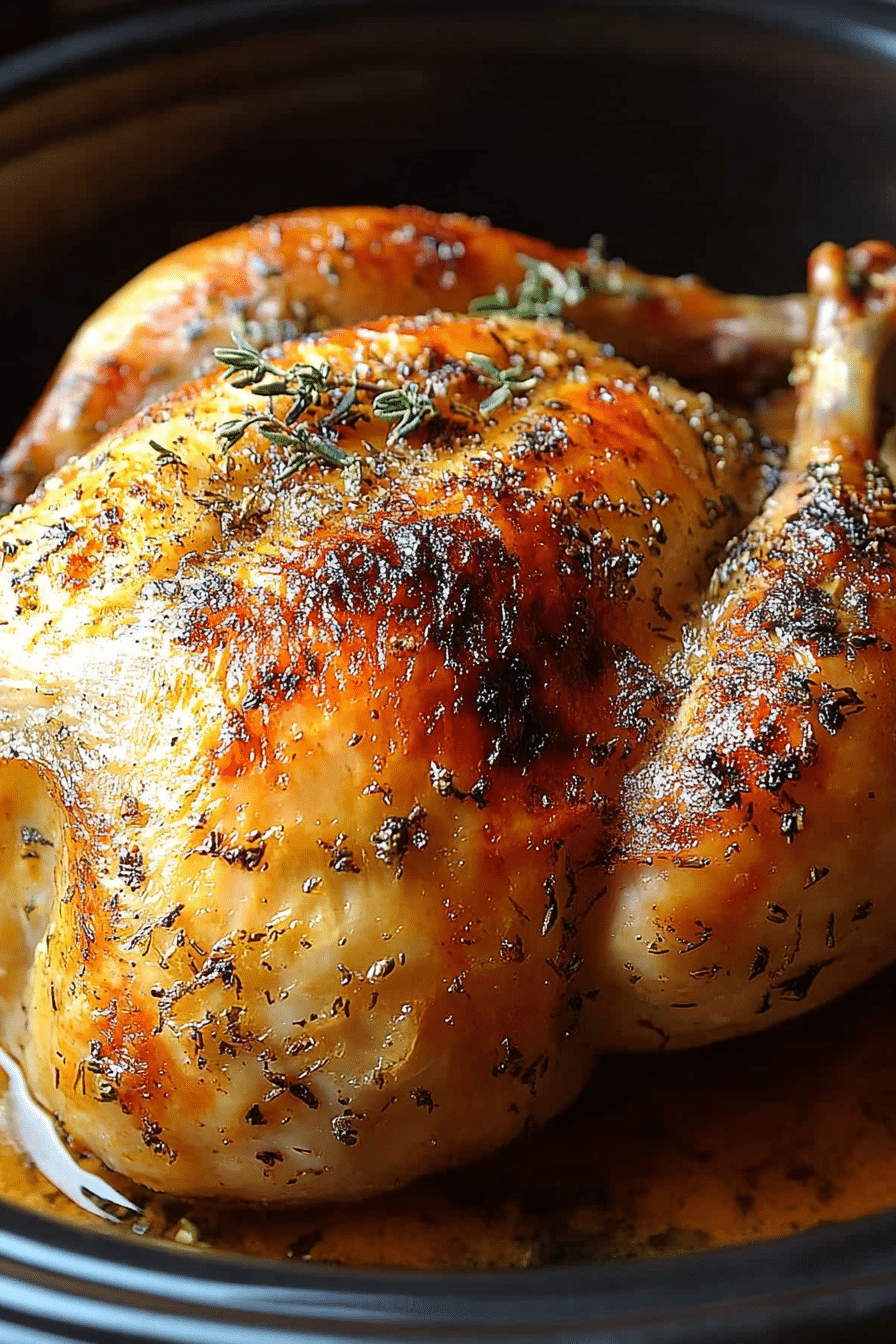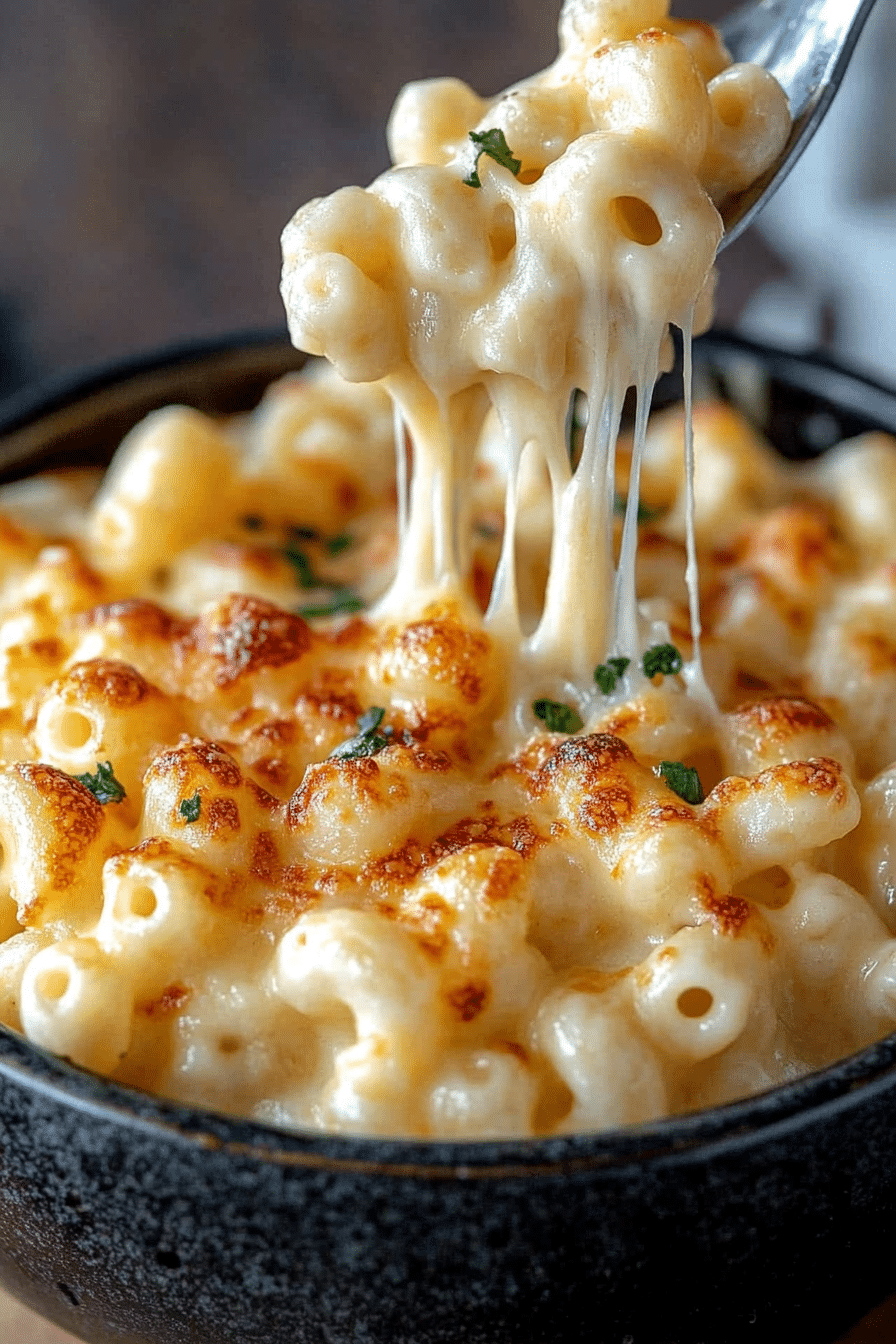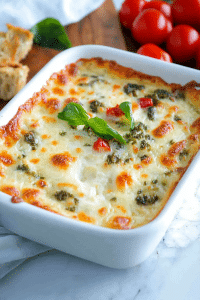On busy weeknights I crave something that feels special but comes together fast, and this balsamic chicken marinade is my trusty answer. I still remember my grandmother’s stovetop simmering with garlicky scents that filled the whole house, and I chased that same warmth with a simple, modern twist: a marinade that does the heavy lifting for you. This is the kind of recipe that tastes like a Sunday Dinner but is friendly enough for a Tuesday after-school scramble. The first whiff of balsamic, olive oil, and garlic always makes my kitchen feel lived-in and loved. I’ve made this countless times, and it never fails to bring everyone to the table with smiles. My kids actually ask for seconds, and truth be told, I sneak a taste while it marinades—the aroma alone is addictive. This balsamic chicken marinade isn’t just delicious; it’s practical, flexible, and a lifesaver on busy nights.
Thank you for reading this post, don't forget to subscribe!
What is balsamic chicken marinade?
Think of balsamic chicken marinade as a simple flavor backbone that infuses chicken with tangy-sweet depth while keeping it juicy. It’s essentially a blend of balsamic vinegar, Olive oil, garlic, and seasonings that you whisk together and use to bathe chicken (breasts, thighs, or a mix) before cooking. The name says it all: the star is the balsamic, which gives a glossy glaze as the chicken cooks and a subtle sweetness that doesn’t overpower the meat. It’s a flexible concept, too—you can lean into honey for a mellower finish, or add a pinch of red pepper flakes for a gentle kick. I love how it works whether you’re pan-searing, baking, or grilling. It’s a small, friendly recipe that tastes like you spent all afternoon in the kitchen, even when you only had 20 minutes to spare.
Why you’ll love this recipe?
What I love about this balsamic chicken marinade is how forgiving it is while still delivering big, memorable flavor. Here are the big
- Flavor: The tangy-sweet balance from balsamic vinegar creates a glossy, caramelized surface that’s quietly luxurious. It’s not just acidic; it’s deeply savory with a subtle fruitiness that resonates with garlic and herbs.
- Simplicity:What is the best marinade for chicken?
- Cost-efficiency: Pantry staples do the job—balsamic, oil, garlic, and herbs—so you’re not chasing exotic ingredients. It’s a smart choice for weeknight dinners.
- Versatility: Marinate, then grill, bake, or pan-sear. Use the leftovers to top a salad, mix into a grain bowl, or tuck into wraps. It’s a zero-fuss flavor amplifier.
- Family-friendly: The aroma fills the house and wins over picky eaters. It’s comforting without overpowering, and it pairs beautifully with simple vegetables and grains.
What I’ll tell you from the kitchen counter is this: this balsamic chicken marinade is a total workhorse. I’ve used it for weeknight meals, lazy Sundays, and even a quick batch to freeze for later. It’s the kind of recipe that warms a home—the scent alone makes everyone pause what they’re doing and head to the kitchen. If you’re new to marinades, this is a perfect primer: easy, forgiving, and ridiculously tasty.
How to Make Balsamic Chicken Marinade
Quick Overview
This method is all about a simple balance: a tangy marinade that clings to chicken without overwhelming it, followed by quick, high-heat cooking to lock in juices. You’ll whisk a few ingredients, toss the chicken in, and let time do the rest (even ten minutes of marinating is better than nothing). The best part is how adaptable it is—scale up for a family dinner or down for a weeknight solo supper. If you’re counting minutes, you can grill outside or pan-sear on the stove and finish with a short bake for a glaze that’s lacquered and glossy.
Ingredients
For the Marinade:
- 1/2 cup balsamic vinegar
- 1/3 cup extra-virgin olive oil
- 3 cloves garlic, minced
- 1 tablespoon honey or maple syrup (optional for sweetness)
- 1 teaspoon Dijon mustard (optional but gives a nice zing)
- 1 teaspoon dried oregano or Italian seasoning
- 1/2 teaspoon salt (adjust to taste)
- 1/4 teaspoon freshly ground black pepper
For the Chicken:
- 3-4 chicken breasts or thighs, boneless and skinless
- Extra salt and pepper for finishing
For the Glaze (optional):
- 2 tablespoons balsamic vinegar
- 1 teaspoon honey (or maple) to taste
- Pinch of crushed red chili flakes for a faint heat (optional)
Step-by-Step Instructions
Step 1: Preheat & Prep Pan
If you’re pan-searing, heat a large skillet over medium-high heat and add a light coat of oil. For oven cooking, preheat to 425°F (220°C). A hot pan is how you get that beautiful sear and a glaze that sticks. Pat the chicken dry with paper towels—this helps the marinade cling and the surface caramelize better. I always do this first thing, even if I’m in a rush. It makes all the difference.
Step 2: Mix Dry Ingredients
In a small bowl, whisk together salt, pepper, oregano, and Dijon (if you’re using it). This step is quick, but it sets up the flavor foundation. The salt isn’t there to overwhelm; it’s there to wake up the herbs and give the meat a gentle bite.
Step 3: Mix Wet Ingredients
In a second bowl, combine balsamic vinegar, olive oil, minced garlic, and honey or maple if you’re using it. A note: the honey helps with a nicer glaze if you’re baking, but you can skip it if you’re keeping things ultra-clean and straightforward. I’ve found almond-milk tweaks to the glaze can soften notes and make the sauce extra creamy—try it if you’re experimenting, you might love the result.
Step 4: Combine
Pour the wet mixture into the dry, whisking until everything looks glossy and emulsified. Taste a tiny drop (carefully) and adjust salt if needed. The marinade should smell bright with garlic and slightly sweet from the balsamic. It’s not a heavy sauce; it’s a perfume that coats the chicken so nicely as it cooks.
Step 5: Prepare Marinade & Chicken
Place the chicken in a zip-top bag or a shallow dish and pour the marinade over it. Turn the pieces to coat evenly. If you’ve got time, let it marinate for 20 minutes to 2 hours in the fridge. If you’re in a hurry, even 10–15 minutes will impart flavor. I like to set a timer and then gather my sides; this way, when the timer goes off, dinner practically birds itself to the table.
Step 6: Layer & Swirl
Remove the chicken from the marinade (reserve the marinade for a glaze or pan sauce) and lay it in the hot pan or onto a Sheet Pan. If you’re pan-searing, let one side form a deep golden crust before flipping; this creates a natural barrier that keeps juices inside. If you’re baking, spoon a bit of the remaining marinade over the top to keep it moist and to develop a glossy surface. Swirl the pan once or twice during cooking so the glaze distributes evenly and you don’t get uneven caramelization.
“Made the Balsamic Chicken Marinade: 7 Easy Recipes tonight and wow — perfect weeknight dinner. Will definitely make again!”
Step 7: Bake
In the skillet, cook 6–8 minutes per side, depending on thickness, until the internal temp hits 165°F (74°C). In the oven, bake 18–22 minutes, then switch to broil for 1–2 minutes to lacquer the top. The glaze should look shiny and lightly blistered. If you want a more pronounced glaze, brush the reserved marinade back on in the last few minutes of cooking. This is a great moment to prep a quick side dish while your chicken rests—juicy pieces like this deserve something bright to cut through the richness.
Step 8: Cool & Glaze
Let the chicken rest for 5 minutes off the heat. This helps the juices redistribute and the glaze set into a glossy coat. If you’re serving with a quick glaze, simmer the remaining marinade with a touch more honey for 2–3 minutes until it’s syrupy, then brush it over the chicken just before slicing. The aroma will be irresistible, and the surface will look almost lacquered—a little restaurant vibe at home.
Step 9: Slice & Serve
Slice the chicken against the grain for tenderness and arrange it on a platter with your favorite greens or grains. The color should be rich with a deep glaze, and you should hear a soft sizzle as you cut—that’s the sound of juiciness staying inside. I like to scatter a few chopped fresh herbs over the top for brightness. A squeeze of lemon right before serving wakes everything up and makes the dish sing.
What to Serve It With
This balsamic chicken marinade pairs beautifully with lots of sides, from simple to swanky. Here are ideas organized by occasion—and yes, I’ve tried them all in my kitchen, sometimes with a child perched on a stool asking endless questions.
For Breakfast: Leftover chicken makes a surprisingly good breakfast hash. Toss chopped chicken with Roasted Potatoes, kale, a fried egg, and a drizzle of extra glaze. It’s a savory jump-start that doesn’t require a lot of prep. The scent when you crack the skillet in the morning is basically sunshine.
For Brunch: Turn it into warm chicken and avocado toast bowls. A soft poached egg, arugula, toasted bread, and a light drizzle of the glaze create a brunch that feels indulgent without being heavy. It’s proof that leftovers aren’t leftovers when they taste this good.
As Dessert: Okay, not dessert, but hear me out: a small spoon of glaze brushed onto Grilled Pineapple or peach slices creates a surprising, balanced finish when you want something fruit-forward with a hint of savory sophistication. It’s not sweet in a cloying way; it’s a grown-up, glaze-kissed fruit bite.
For Cozy Snacks: Chicken salad wraps with a tangy balsamic kick, or a warm skillet of marinated chicken tossed with quick-roasted veggies for a comfy late-night bite. This is the kind of dish that travels well in a lunchbox or a lazy dinner for two on the sofa.
Top Tips for Perfecting Your Balsamic Chicken Marinade
These are the little tricks that keep me coming back to this recipe again and again—the things that make a big difference when you’re cooking from love and habit:
Meat Prep: Pat dry, trim excess fat if needed, and don’t overcrowd the pan. Airy, dry surfaces caramelize better, which is what gives you that glossy finish you’re after.
Marinade Ratio: If you’re doubling the recipe, keep the ratio the same. Too much balsamic can overpower, so taste as you go and balance with a touch more honey or a pinch of salt if needed.
Mixing Technique: Whisk the wet ingredients vigorously to emulsify. A well-emulsified marinade clings to the chicken more evenly, resulting in a more uniform glaze.
Swirl & Coat: Don’t skip the swirl in Step 6. If you’re cooking a large batch or multiple pieces, tilt the pan and spoon the glaze over the tops to ensure even coverage and a prettier finish.
Ingredient Swaps: You can swap honey for maple, or omit mustard if you’re avoiding dairy or mustard allergies. A splash of orange juice can brighten the glaze in a pinch. You’ll notice a different balance, but the dish remains bright and tasty.
Baking Tips: If you’re using an oven, position the rack in the middle for even heat. If your oven tends to run hot, reduce to 400°F (205°C) and still aim for that glossy finish. Don’t rush the resting period—juices redistribute best after heat.
Glaze Variations: For a thicker glaze, simmer the reserved marinade with a touch more honey until syrupy, then brush on at the end. For a sharper tang, add a teaspoon of balsamic reduction. If you love spice, a pinch of chili flakes adds a welcome warmth without stealing the show from the chicken.
Lessons learned from years in the kitchen? Trust your nose. If it smells delicious in the pan, you’re probably done a minute or two sooner than you think. And don’t be afraid to improvise with what you have—that’s where the best family memories happen.
Storing and Reheating Tips
Leftover balsamic chicken marinade magic is real, and you should absolutely have it for lunch or a quick dinner the next day. Here’s how I store and reheat without losing moisture or flavor:
“I don’t know if I’ve ever eaten a better Balsamic Chicken Marinade: 7 Easy Recipes. The rub alone is wonderful, but the sauce??? Over the top!”
Room Temperature: If you’re only keeping it out for a few hours at a party or buffet, the chicken will stay moist, but I wouldn’t leave cooked chicken out beyond two hours for food-safety reasons. Use it as a quick starter or toss it back into the pan to finish if you’re worried about dryness.
Refrigerator Storage: Store leftovers in an airtight container for up to 3 days. The glaze may thicken a bit as it sits; you can loosen it with a splash of broth or water during reheating.
Freezer Instructions: Freeze cooked, sliced chicken with the glaze in a freezer-safe bag for up to 2 months. Thaw overnight in the fridge and reheat gently on the stove or in the oven to preserve moisture. A quick reheat in a cast-iron skillet will freshen up any leftover bits and bring back the gloss.
Glaze Timing Advice: If you’re reheating, consider brushing the glaze on in the last few minutes of reheating to prevent over-thickening and to keep that glossy finish intact. The flavor holds well, but the texture benefits from a light freshen-up at the end.
In our kitchen, this method becomes a little ritual: marinate, sear, glaze, rest, serve. The leftovers taste just as good the next day, with the glaze waking up again when heated gently. It’s a rare recipe that travels so well from the pan to the lunchbox without losing its soul.
Frequently Asked Questions
Can I make this gluten-free?
Absolutely. This recipe relies on simple pantry staples that are naturally gluten-free—just be sure your balsamic and Dijon (if used) are labeled gluten-free. If you’re serving with sauces or sides, check labels on any store-bought components to keep the entire meal gluten-free.
Do I need to peel the garlic?
I peel it because it makes the marinade feel lighter on the palate, but you can crush it with the skin on if you’re in a pinch. The flavor is there either way; peeling is mostly about texture in the final dish.
Can I make this as muffins instead?
This particular method is designed for chicken, not baking muffins. If you’re craving a muffin-like bite, look for a savory bread or chicken-and-herb muffin recipe that’s specifically designed for that format. The marinade translates beautifully to chicken, not to baked goods.
How can I adjust the sweetness level?
Use less honey or maple syrup if you want a drier, tangier glaze. You can also add a splash of orange juice for brightness without increasing sweetness. Taste as you go and balance with a touch more salt if needed.
What can I use instead of the glaze?
If you want something lighter, finish with a squeeze of fresh lemon and a scatter of chopped herbs. If you’re not glazing, a dusting of cracked pepper and flaky salt right before serving gives a clean, bright finish that lets the chicken shine.
Final Thoughts
If you’re hunting for a weeknight dinner that feels special without complicating your evening, this balsamic chicken marinade is your new best friend. It’s flavorful enough to feel celebratory, easy enough to cook after a long day, and forgiving enough to adapt to whatever you’ve got in the pantry. I’ve watched family after family fall in love with the scent of garlic and balsamic as it fills the kitchen, and I know you’ll feel the same warmth the first time you lift a glossy, lacquered piece from the pan. The beauty is in the quiet confidence it gives you: you can bring a crisp, juicy finish to the table with minimal effort, and that feels like magic. If you’ve tried this, I’d love to hear how you tweaked it—did you add a splash of orange, or maybe you swapped in maple for a softer glaze? Either way, I can’t wait to hear what you think. Happy cooking, friend—may your weeknight dinners be deliciously effortless, and your leftovers turn into tomorrow’s bright lunches!
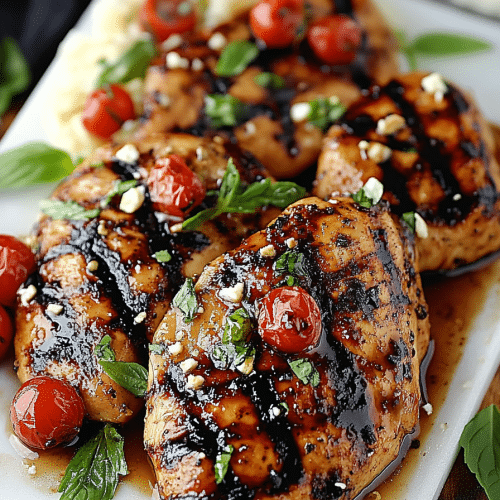
balsamic chicken marinade
Ingredients
Marinade Ingredients
- 0.5 cup balsamic vinegar
- 2 tablespoons olive oil extra virgin
- 1.5 tablespoons brown sugar optional, for sweetness
- 1 teaspoon Dijon mustard
- 1 clove garlic minced
- 2 teaspoons Italian seasoning
- 1.25 teaspoons salt to taste
- 0.5 teaspoon black pepper freshly ground, to taste
For the Chicken
- 2 pounds boneless, skinless chicken breast
Instructions
Preparation Steps
- In a medium bowl or measuring jug, whisk together the balsamic vinegar, olive oil, brown sugar (if using), Dijon mustard, minced garlic, Italian seasoning, salt, and pepper until all ingredients are well combined.
- Place the boneless, skinless chicken breasts in a large Ziploc bag or a shallow, non-reactive dish. Pour the prepared marinade over the chicken, ensuring each piece is thoroughly coated.
- Seal the bag or cover the dish and refrigerate for at least 15 minutes. For optimal flavor, marinate for 2 to 4 hours, or even up to overnight (8 hours) for deeper infusion. Do not marinate for more than 24 hours.
Cooking Options
- To Grill: Preheat your grill to medium-high heat. Remove chicken from marinade, discarding any excess. Grill chicken for 6-8 minutes per side, or until the internal temperature reaches 165°F (74°C).
- To Pan-Fry: Heat 1 tablespoon of olive oil in a large skillet over medium heat. Remove chicken from marinade, discarding any excess. Cook chicken for 8-10 minutes per side, or until fully cooked and the internal temperature reaches 165°F (74°C).
- To Bake: Preheat oven to 410°F (210°C). Remove chicken from marinade, discarding any excess. Place chicken in a baking dish and bake for 15-25 minutes, or until the internal temperature reaches 165°F (74°C).
- Let the chicken rest for 5 minutes before slicing and serving. This helps to keep the chicken juicy.



